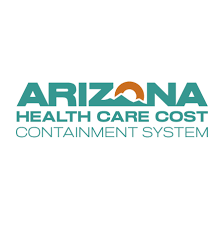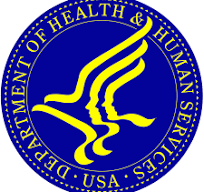October 1 marks the beginning of the federal fiscal year – and with it comes one of the most exciting initiatives coming out of AHCCCS in a long time – their new Housing and Health Opportunities (H2O) program.
So, what’s H2O about? It’s about tackling one of the most pressing issues for individuals with serious mental illness and other high-risk groups: stable housing.
Addressing Healthcare & Housing Infographic
AHCCCS leadership recognized that without a safe and stable place to live, keeping up with treatment plans is impossible, especially for persons with a serious mental illness. H2O aims to provide housing services such as:
- Transitional Housing Assistance (up to 6 months of support in transitional housing settings);
- Housing Transition and Move-In Support (e.g. deposits, activation for utility services);
- Home Accessibility Modifications (to ensure the home is safe and accessible for individuals with specific health needs); and
- Pre-Tenancy and Tenancy Sustaining Services (help in locating and securing housing & maintaining tenancy w/ case management).
AHCCCS Housing and Health Opportunities (H2O) Demonstration
There’s solid evidence that housing is a key social determinant of health, especially for those with serious mental illness. When people are stably housed, they’re more likely to stick to their treatment plans, attend medical appointments, and experience fewer crises.
The AHCCCS Housing Program follows a ‘Permanent Supportive Housing Model an evidence-based and cost-effective strategy for addressing & improving health outcomes for persons with a serious mental illness. Data shows it is effective in reducing health care use and costs directly translating to improved member health outcomes
The benefits don’t end with better health outcomes. Providing and keeping stable housing also saves taxpayer money. When people have homes, they need fewer emergency room visits, fewer inpatient stays, and less crisis intervention—all of which are expensive.
In their waiver request to CMS, AHCCCS provided evidence that their plan likely to significantly reduce the overall costs of healthcare, benefiting not only AHCCCS but taxpayers too.
H2O is a demonstration waiver, meaning it’s a pilot effort to test new ways of improving health and stability for vulnerable populations—and it comes with a requirement for AHCCCS to measure the program’s impact – both in terms of patient care and cost containment (see AHCCCS’ Evaluation Design)
Kudos to the new leadership at AHCCCS who have prioritized this initiative over the last couple of years to build this out, get CMS’ approval and begin their implementation via their contracted Accountable Care organizations – especially given the fraud and human trafficking scandal they inherited from the previous administration.
AHCCCS Housing and Health Opportunities (H2O) Demonstration
… and yes. That is AHCCCS’ new logo. Good idea to change the logo especially considering the damage to their brand that occurred during the previous administration due to the horrible human trafficking and fraud scandal.




